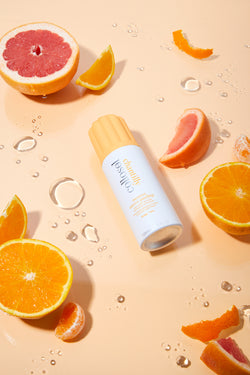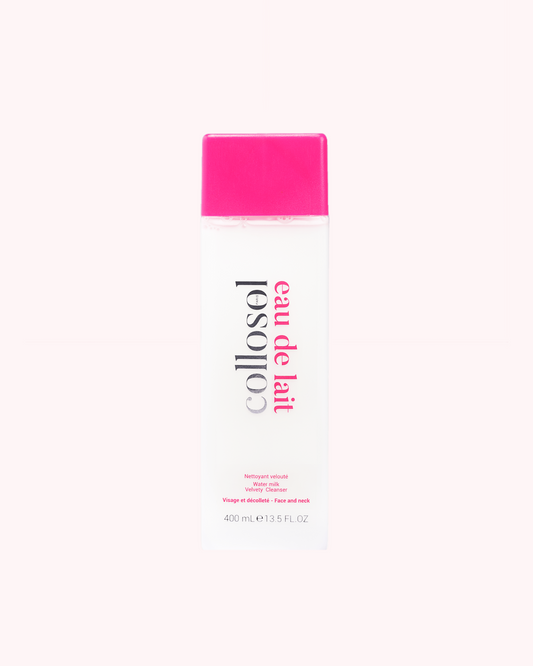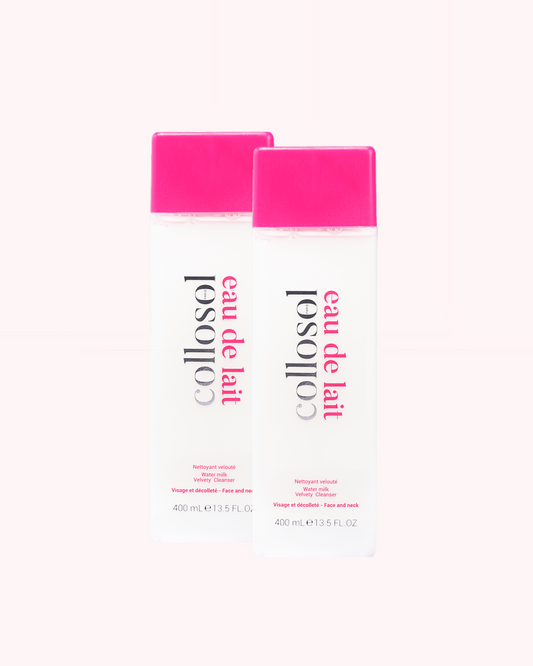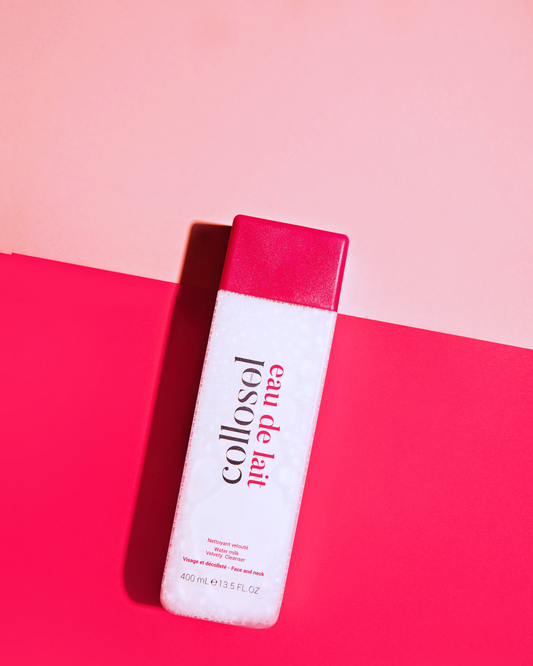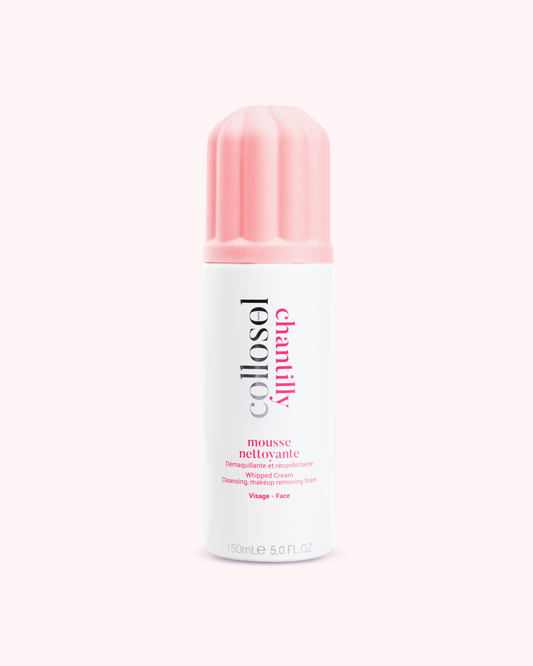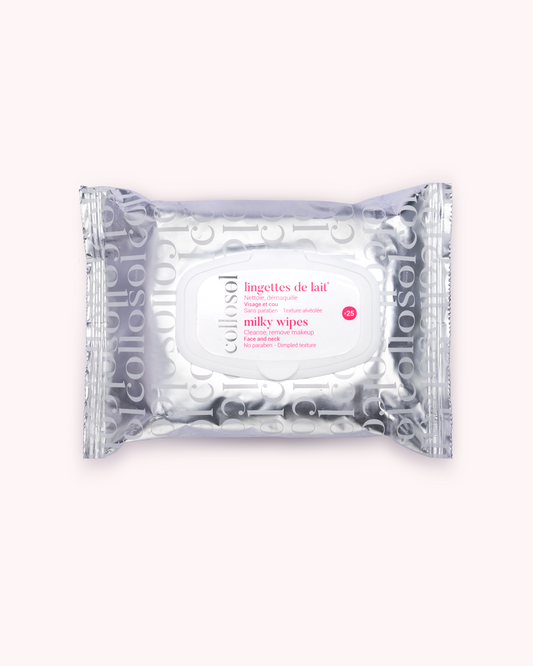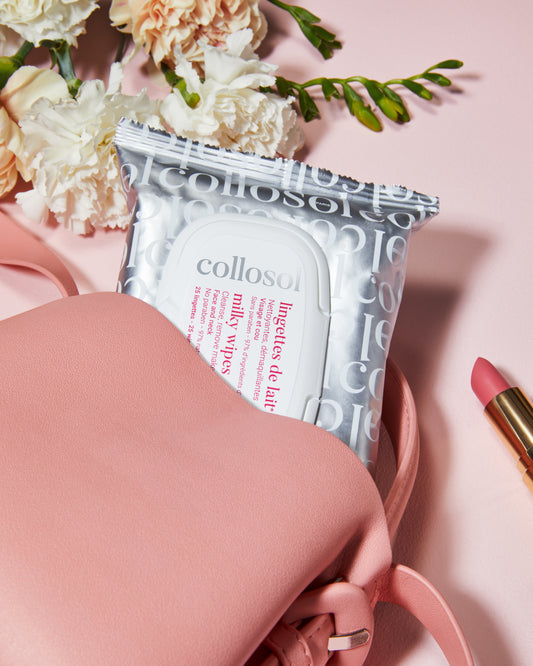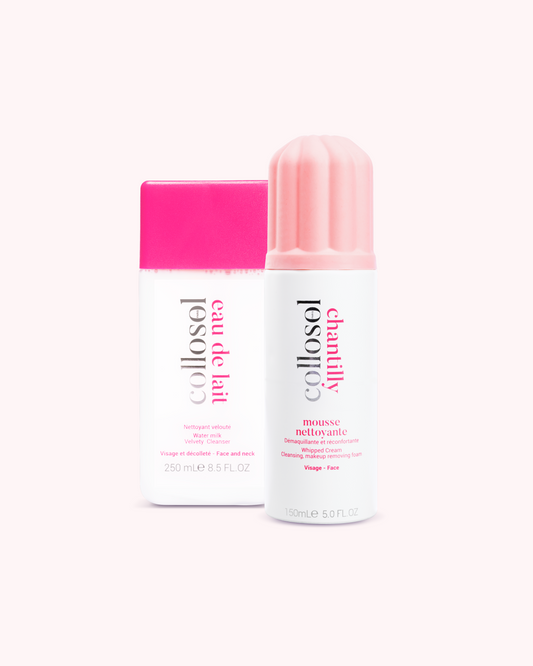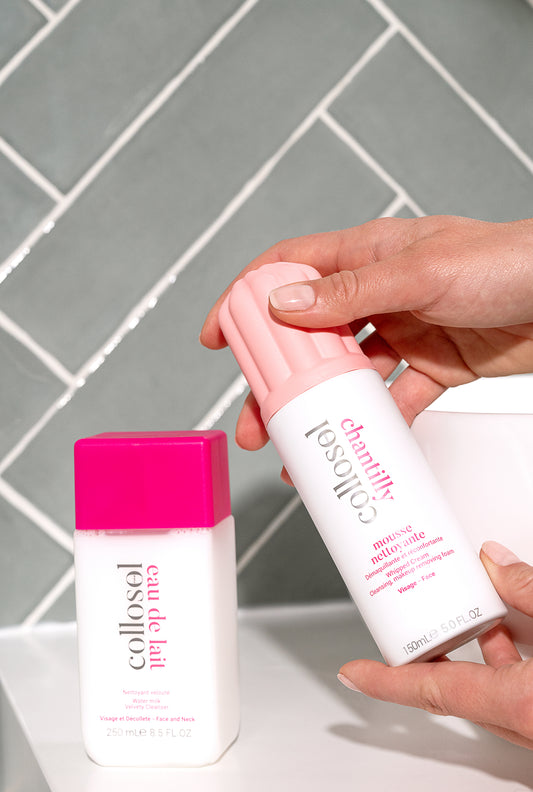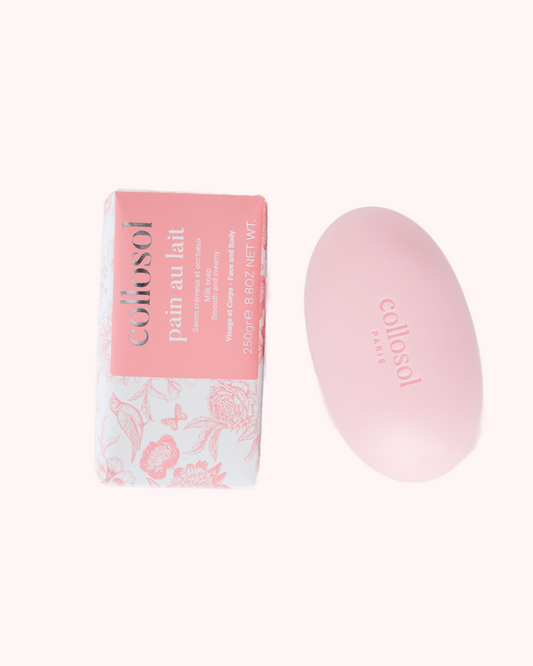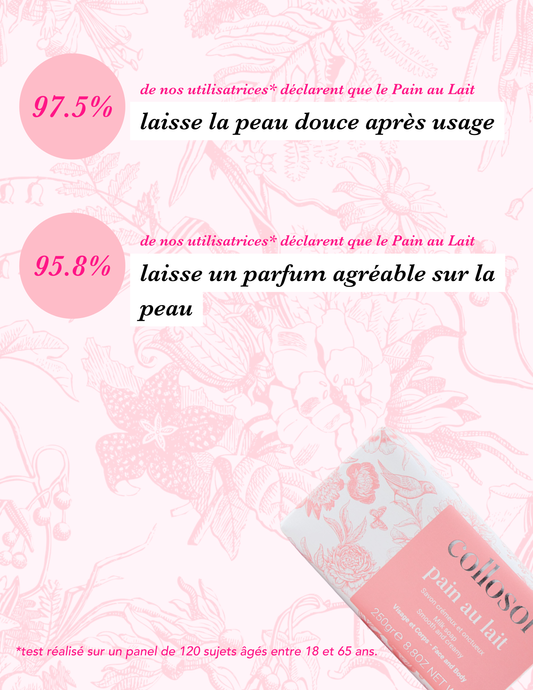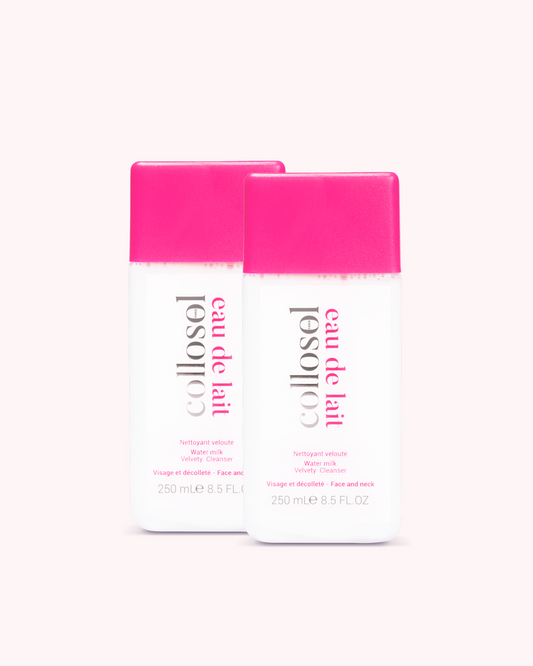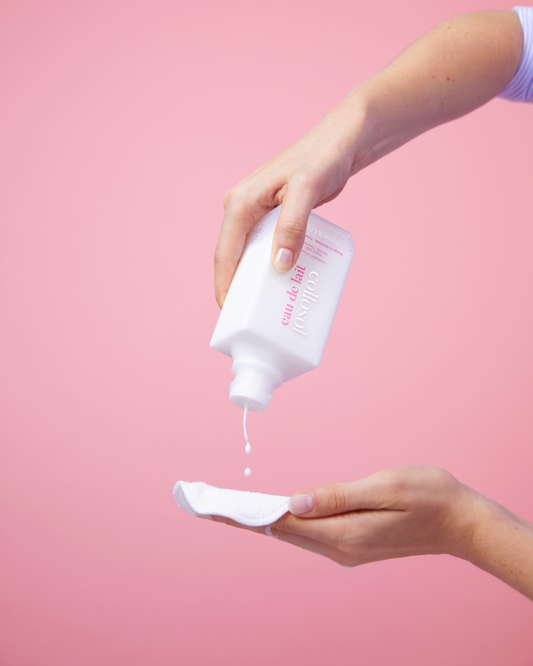The cold, wind and temperature variations put your skin to the test. Your skin loses its moisture and becomes irritated. Discover our tips for regaining a hydrated body despite the winter.
Why does my skin get dry in winter?
It is a fact that in cool weather, the skin dries out and can give a pale complexion . Several causes can explain this lack of hydration of the epidermis. First of all, dry skin is closely linked to environmental factors:
• the decrease in humidity levels;
• the wind;
• cold temperatures.
In addition to these environmental factors, there is the impact of clothing rubbing against the skin, insufficient secretion of the sebaceous glands, hormonal influence, limescale in shower water and each person's genetic predispositions.
Just like the face, the body is hit hard by winter temperatures. When attacked, the hydrolipidic barrier, which protects the skin from aggression and prevents water from evaporating, is unbalanced. When the upper layer of the skin is not balanced in water and lipids, it can no longer effectively play its role as a barrier.
How do you know if you have dry skin?
The signs of dry skin are easy to identify. When the body becomes dry, it feels tight, peeling and flaking. In some cases, dry skin can crack or even split. In terms of sensations, the skin is rougher and less comfortable. Symptoms of dry skin can also be accompanied by itching, burning and a feeling of tension, especially after showering.
Dry skin is a breeding ground for skin conditions such as eczema. It is therefore important to take the symptoms of dry skin seriously.
How to hydrate your skin in cool weather?
To avoid crocodile skin, it is important to act at the first signs of dehydration.
What products for dry skin?
Skin that peels and feels tight? Don't panic, there are many products available to help even the most dehydrated skin. Each type of product has its own texture and its own benefit. Depending on your preferences and beauty habits, your choice of treatment will be different. You can also adopt several types of treatments and adjust their application according to your needs and desires of the moment.
• Moisturizing cream: the cream has a rich texture that is however less dense than that of a balm. Royal jelly cream is to be preferred if you are looking for an anti-aging and revitalizing formula. To repair cells and stimulate collagen production, choose a cream enriched with aloe vera gel.
• Body balms: we love body balm for its thick and comforting texture. Opt for a balm with organic shea butter or argan oil to treat the most sensitive and dry areas such as hands and feet but also elbows and knees.
• Body oils: they come in the form of dry oil or with an oily texture. Of all cosmetics, oil is the most appreciated by skin in great need of nutrition. Organic argan oil, borage oil or even evening primrose oil, it can be applied to all skin types, especially the driest.
• Body lotions: moisturizing lotions have a fluid and light texture, ideal for people who do not have time to wait before putting on their clothes. The lotions provide a protective film on the skin that prevents water from evaporating.
Milk bath to the rescue of dry skin
The opinions are unanimous. To take care of your body and skin, a milk bath is ideal. A beauty treatment for centuries, a milk bath promotes hydration of the body but also of the hair. Already adopted by Cleopatra, it has proven its action on itching, dryness and skin aging. Do you want velvety and hydrated skin? Do like the Queen of Egypt and immerse your body in milky water. However, it is quite possible to replace Cleopatra's donkey milk with Collosol Milk Water . This cleansing lotion , with the sweet scent of orange blossom, relieves tightness and deeply hydrates the skin. Formulated without surfactants and parabens, Collosol Milk Water is your anti-crocodile skin partner, in winter and summer. Pour only 3 caps into the bath water to get all the benefits of this treatment.
Taking care of your skin on your plate
At the plate level, increase your intake of vitamins A and omega 3 and 6. The fats contained in foods are essential for the proper functioning of your body, but also for the hydration of your skin. Lipids nourish the skin deeply and protect it from external aggressions. Fruits and vegetables are also excellent ways to plump the skin and make it more comfortable. Opt for plant sources very rich in water such as cucumber, oranges and lettuce. Finally, foods rich in vitamin E promote hydration and fight against cell oxidation. Little extra: vitamin E slows down the aging of the skin.
Of course, it is also highly recommended to drink plenty of water. In winter weather, opt for tea, hot and comforting.
When temperatures drop and the sun hides, the skin suffers the consequences. Climatic conditions strongly impact the skin's ability to fight dehydration and restore the barrier function of the skin's hydrolipidic film. To combat dehydrated skin, treatments are available for all skin types and their specific needs. Creams, body lotions, oil, balms and even moisturizing soap and shower gel, the list of anti-dryness treatments for the body and face is long! For an immediate thirst-quenching effect, add 3 caps of Collosol milky fluid! Comfort and soft skin are within reach in the bath!


